Amortization
Biweekly Payments
Interest Only Payments
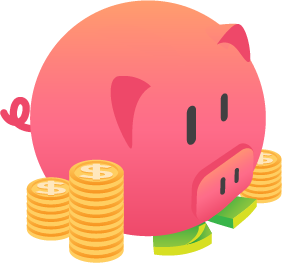 Balloon Loan Payment Calculator
Balloon Loan Payment CalculatorUse this calculator to figure monthly loan payments. This calculator includes options for upfront payments, loan fees and an optional balloon payment. When you are done with your calculation you can generate a printable amortization schedule at the bottom of the calculator.
Guide published by Jose Abuyuan on February 23, 2020
Balloon loans are usually attractive options to uninformed consumers. This is largely because they come with affordable monthly payments. However, the seemingly low payment is just the tip of the iceberg. By the end of the loan term, you are expected to pay a huge sum of money. And often, this lumpsum payment can be too much to handle for buyers who lack sound financial planning.
In this guide, we'll give you the lowdown on balloon payments, how they work, and what type of loans use this payment structure. Then, we'll show you how to calculate balloon payments. In doing so, we hope this helps you assess if it's the right loan for you.
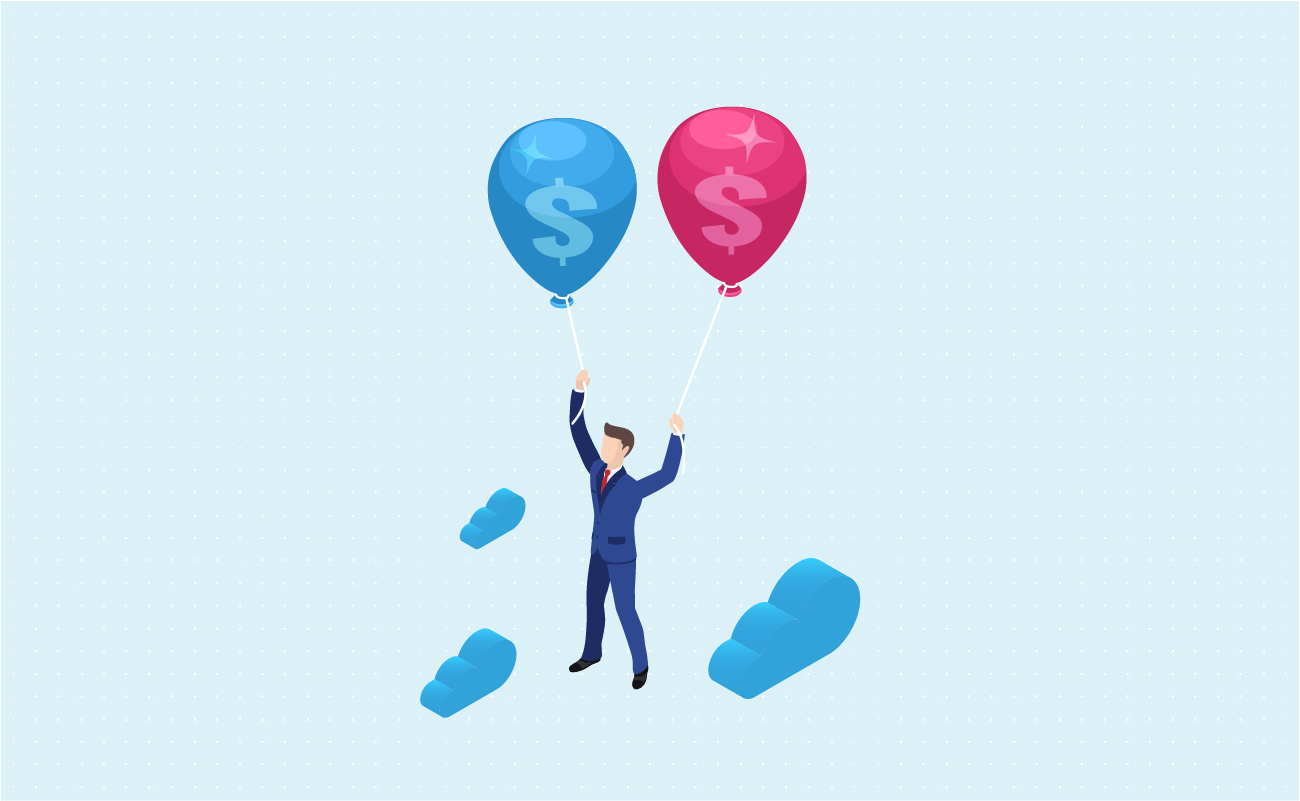
A balloon loan is a financing option with a large payment or “balloon payment” due at the end of the term. This serves as the final amount that pays down the loan. Balloon loans are commonly associated with mortgages and commercial loans, as well as car loans.
Most balloon loans are arranged with a short term, which is typically around 5 or 10 years for mortgages and 5 or 7 years for commercial loans. Despite its short duration, the balloon payment is based on a long amortization schedule (e.g. 30 years) to account for the full payment at the end of the term.
Payment schedules for balloon loans do not follow traditional amortizing loans with fixed periodic payments. Instead, a borrower makes monthly payments that mostly cover interest charges before the final payment is due. The interest charges are set for the duration of the term. Since you do not cover both the principal and interest at once, monthly payments in balloon loans are lower than traditional loans. They also typically have lower interest rates.
When the term ends, your payments would only cover a small portion of the principal balance. The remaining balance must then be paid at once to the lender, which can cost tens and thousands of dollars. This is not an issue if you have the income and if your cash flow allows it.
Balloon payments usually cost twice the amount of a loan's previous payments. At this point, a borrower may not always readily have sufficient funds. If you intend to cover the payment, you must successfully generate enough income in time for the huge amount.

Balloon loans provide no gradual shift to that allows you to make principal payments. This is unlike interest-only loans that usually amortize your balance after the initial interest period is through. It's either you make the balloon payment or decide ahead of time if you will refinance your loan or sell your asset (e.g. for mortgages).
You can refinance a balloon loan into a traditional loan. Refinancing is basically taking out a new loan so you can pay off your previous one. The new loan can extend your current payment period to another 5 years. If you have a balloon mortgage, you can refinance it to a 15 or 30-year term. This move should allow you to obtain a more favorable deal that can help manage your payments.
While you can refinance your balloon loan, it's important to note that your loan will still cost more compared to a traditional loan. Think of it this way: You just covered interest payments after 5 years in a balloon loan. Then, you'll likely pay the same interest costs again (or more) if you shift to a longer term. That means you'll pay twice the interest cost if you choose to refinance.

Make sure you are eligible for refinancing. To do this, you must have a good credit score. This includes having a history of timely payments, a low credit utilization ratio, and low outstanding debt. A poor credit score likewise reduces your chances of refinancing.
Another option is to sell the asset you used to secure your balloon loan. This can be a house if it's a mortgage or a car if it's an auto loan. Some consumers may take this negatively since they do not want to lose their property.
However, it's a better option than refinancing because you can use the money to pay down your loan. The key is to sell the property after its value appreciates (however, this usually does not apply to cars). In some cases, you may even cash in a bit of profit. That's a more favorable outcome than losing your property to foreclosure or repossession.
Selling your property to pay off your loan presumes the property's value is enough to cover the balance. In a declining housing market, this may not be enough. During the last housing crisis, homeowners had a hard time selling their homes to pay down their mortgage. Even if they were able to sell their property, many homeowners sold homes with value that's considerably less than they owed. Selling for less than you owe can seriously hurt your credit score, causing a drop of up to 160 points.
Thus, consider the market situation before obtaining a balloon mortgage. If refinancing or selling your asset is not an option, it's wiser to save up enough funds to eventually make the balloon payment. The best advice is to cover all your bases.

Thinking of refinancing or selling your asset? Don't wait until the last minute for your balloon loan to end. Apply for refinancing months before the balloon payment is due. If you're planning to sell your property, talk with your agent in advance. If you don't do it before the term ends, you'll be forced to pay a lofty sum.
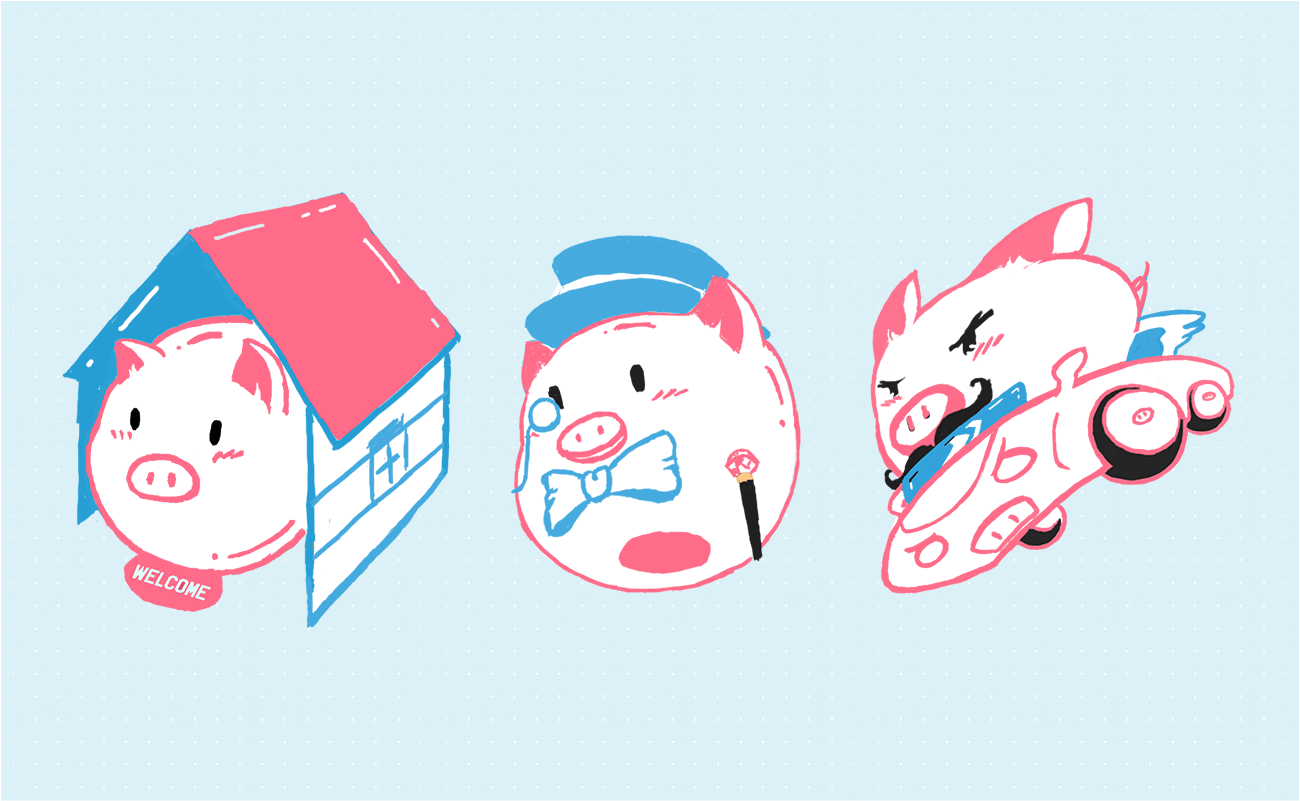
A balloon loan is a financing option found in mortgages, car loans, and commercial loans. The information below lists down how consumers generally use this type of financing:
Some balloon mortgages calculate your monthly payments based on a 30-year amortizing mortgage, then require you to make the balloon payment after 5 or 10 years. Meanwhile, other lenders offer interest-only mortgages that allow borrowers to defer principal payments for the first several years. This type of balloon mortgage allows you to only pay interest costs during its initial period, which is also around 5 to 10 years. You are then expected to make a balloon payment after the initial period.
This option might be good for homebuyers who are anticipating a steady increase in income over the coming years. But more often, consumers intend to refinance their mortgage or sell their property before the term ends. This option is suitable for people who do not want to keep a long-term home, aiming to sell the property. But beware of the risks. If you fail to make the large payment, sell the property, or refinancing your mortgage, you might end up defaulting on the loan and losing your home.

Note that Qualified Mortgages generally do not allow balloon payments. This type of mortgage is structured to make sure borrowers can pay back lenders. Thus, ‘risky features' such as balloon payments are prohibited.
Balloon payments are also popular in commercial lending. It helps investors purchase, acquire, or finance a business, paying back the lender after 3 or 5 years. Again, the payments may be calculated under a longer loan term (e.g. 10 years), but the balloon payments may be due in 3 years.
Taking a business loan allows companies to make smaller payments to the lender, while having access to capital for business expansion. During the 3 years, a company can concentrate on earning more profit, thus generating enough funds to pay back the lender.

If you are establishing a new business, taking a balloon loan is also a good way to build credit for your company. Just make sure to maintain timely payments. The next time your company applies for a loan, you'll have an easier time getting approved.
Some car dealers offer balloon payment options for buyers who want low monthly payments. However, despite the seemingly affordable payments, balloon loans pose a great risk to car buyers. This is mainly because cars are depreciating assets. Unlike houses that possess potential for appreciation, cars inevitably lose value every year.
If you intend to sell your car, you will likely not obtain enough funds from the sale to cover the loan. Thus, you'll still need to generate extra money to pay down your debt.
The next best option is to refinance your loan. Doing so will help extend your loan term to pay off your balance. However, you'll still be left with an upside-down deal—paying more for a car with significantly less value.

Thinking of trading in the car? Unfortunately, this is a bad idea. Trading in a unit with unpaid balance just rolls over your debt into a new loan, leaving you with negative equity. Before you know it, you're locked in a cycle of neverending debt.
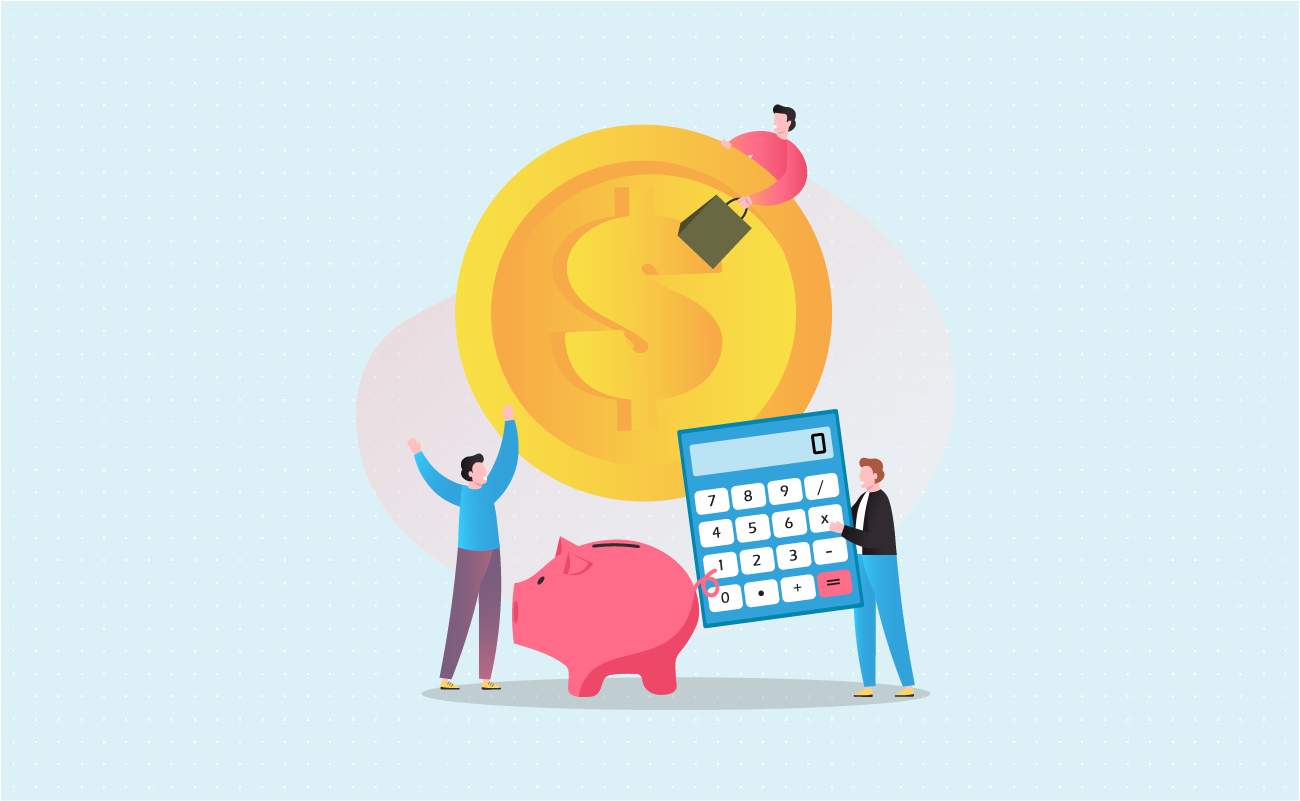
Note that a balloon loan term is shorter than its amortization schedule. This means that the loan payment will be amortized for a certain number of years, but the loan will be paid off before all the calculated payments are made. This leaves an outstanding balance which is your balloon payment.
An amortization schedule breaks down how much of your payment goes toward the principal and interest. It determines what's left of your balance and how many monthly payments should be made to reduce it to zero.
An amortization schedule usually shows the following loan details:
Here's how you can manually calculate the interest payment, principal payment, and balance. Doing these calculations will give you an idea how much you will spend throughout the life of the loan, especially on overall interest cost. Just follow the formulas and use the example below.
Mortgage, Balloon Payment
Interest Payment = (Interest rate x Loan balance) / 12
Principal Payment = Monthly payment – Interest payment
Current Loan Balance = Starting loan balance – Principal payment
Now you can create the amortization schedule. Repeat this calculation for all 60 payments of the 5-year balloon loan. By the end of the amortization schedule, you will find the remaining balance, which is your balloon payment. The table will also help you calculate the total interest cost.
For example purposes, below is the amortization schedule showing the first five payments and last five payments of the balloon loan. To generate a full amortization schedule, use our calculator above.
| Payment No. / Date | Starting Balance | Interest Paid | Principal Paid | Ending Balance |
|---|---|---|---|---|
| 1 – Mar 2026 | $200,000 | $750.00 | $263.37 | $199,736.63 |
| 2 – Apr 2026 | $199,736.63 | $749.01 | $264.36 | $199,472.27 |
| 3 – May 2026 | $199,472.27 | $748.02 | $265.35 | $199,206.92 |
| 4 – Jun 2026 | $199,206.92 | $747.03 | $266.34 | $198,940.58 |
| 5 – Jul 2026 | $198,940.58 | $746.03 | $267.34 | $198,673.24 |
| *** | *** | *** | *** | *** |
| 56 – Oct 2030 | $183,945.96 | $689.80 | $323.57 | $183,622.39 |
| 57 – Nov 2030 | $183,622.39 | $688.58 | $324.79 | $183,297.60 |
| 58 – Dec 2030 | $183,297.60 | $687.37 | $326.00 | $182,971.60 |
| 59 – Jan 2031 | $182,971.60 | $686.14 | $327.23 | $182,644.37 |
| 60 – Feb 2031 | $182,644.37 | $684.92 | $328.54 | $182,315.83 |
| Grand Total | $43,118.12 | $17,684.17 | $182,315.83 |
In this example, your balloon loan payment is $182,315.83. By the end of the term, you only covered $17,684.17 of the principal cost, while spending $43,118.12 in total interest.
You'll notice that most of your payments covered interest charges rather than the principal. Because it's a short term, the payments did not extend long enough for the principal ratio to increase. In a traditional balance, a bigger portion of your payment goes toward the principal during the latter years of a loan. Since the term has ended in just 5 years, you are now obligated to pay for the remaining balance. And if you choose this type of loan, you must make the lumpsum payment at once.
However, if you do not intend to make balloon payment, make sure to refinance or sell your property before the term ends.
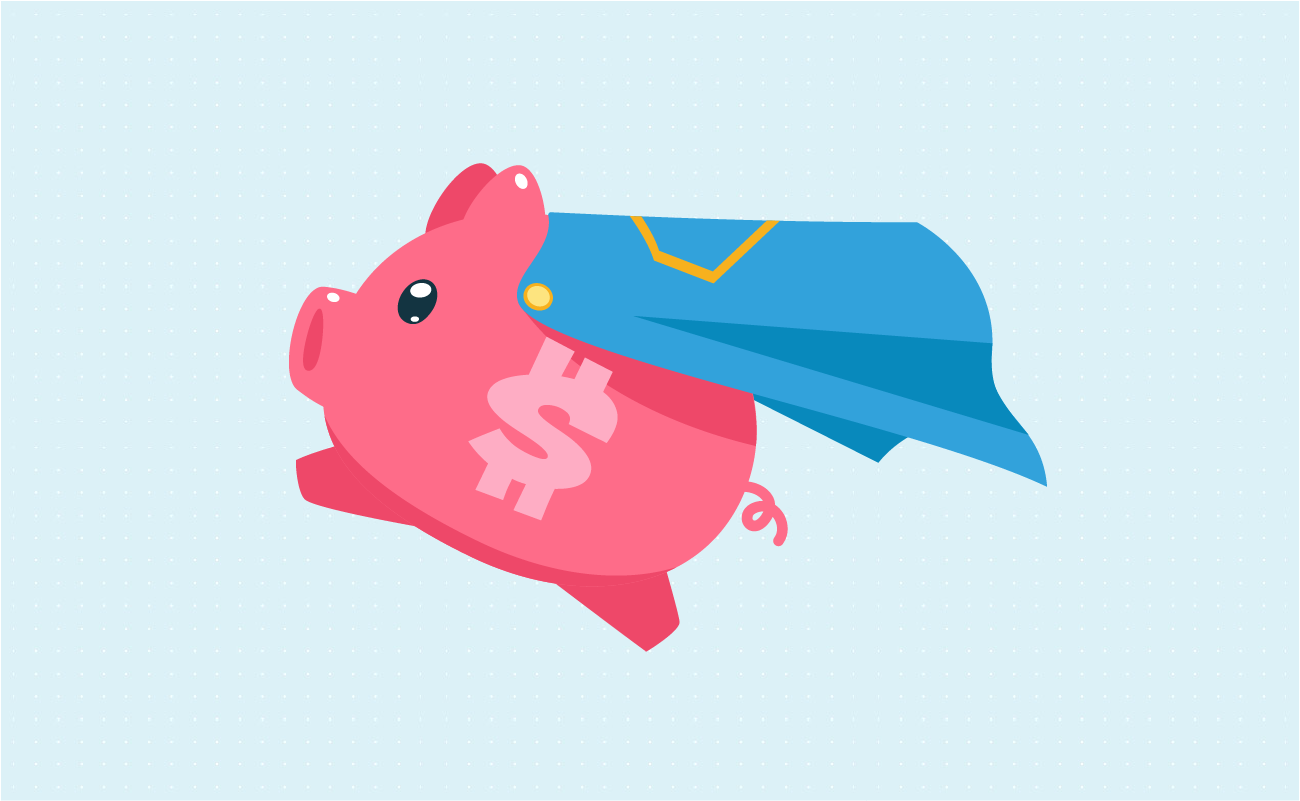
Know how loans work to stay on top of your finances. While balloon loans may offer low monthly payments, they are not a good option for people who want to pay their debt within a reasonable amount of time. If you want to buy a long-term home without spending too much on interest charges, this is not the right loan for you. But if you have the funds, paying a balloon loan can help you gain home equity faster.
Balloon loans are better reserved for consumers with large and stable income who can cover costly lumpsum payments. It's also used by people who want to purchase a short-term home and sell it before the term ends. But in case you cannot make the lumpsum payment, you have the option to refinance your loan or sell your asset.
For company owners, balloon payments work because it provided them with capital to expand their business. It also helps them focus on making higher profit. By the end of the loan, they are also expected to generate enough funds to pay back their debt.
Need help evaluating different types of loans? Use our compare loans calculator.
Jose Abuyuan is a web content writer, fictionist, and digital artist hailing from Las Piñas City. He is a graduate of Communication and Media Studies at San Beda College Alabang, who took his internship in the weekly news magazine the Philippines Graphic. He has authored works professionally for over a decade.